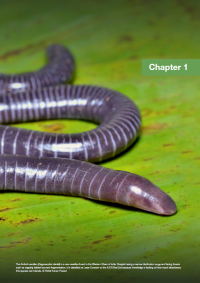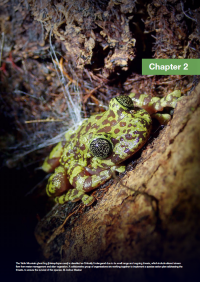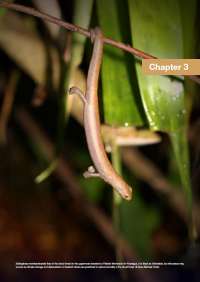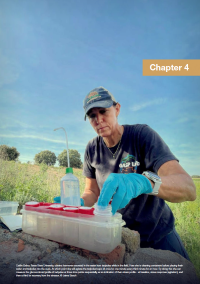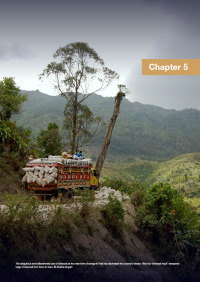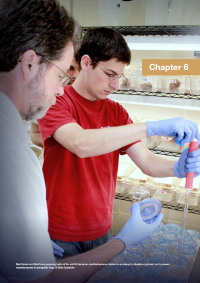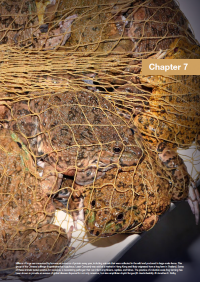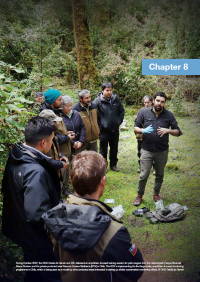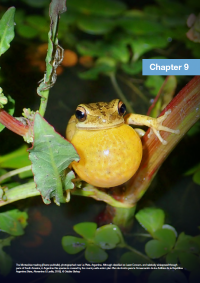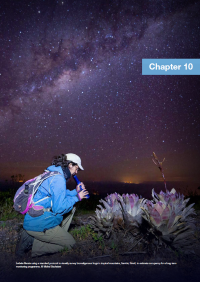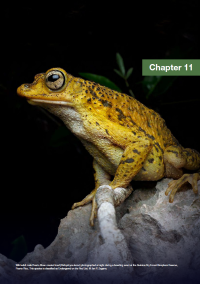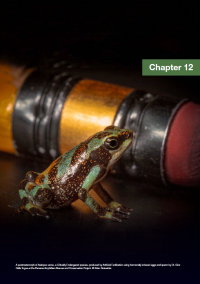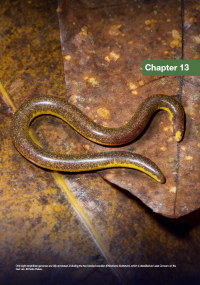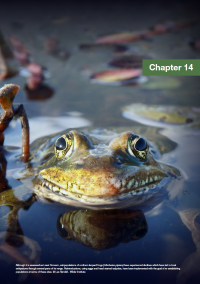ASG Thematic Working Groups are formed of ASG members with expertise in a specific subject pertaining to amphibian conservation, covering both threats and actions, and considering research and applied conservation science.
The ASG Thematic Working Groups were first formed in 2013 when we began work to update the 2007 ACAP as a living document (archive available to download here). These Working Groups were reassessed and changed slightly as we went into the development of the 2024 ACAP update (from 2019 onwards). Working Group Chairs led the drafting of ACAP chapters for their respective subjects, collaborating with other Working Group members as well as experts both within and beyond ASG. Draft chapters were made available for an open consultation period, providing all members of the amphibian conservation community the opportunity to give input, and the revised document also went through a full peer review process before being published. Please visit our ACAP page for more information about the 2024 ACAP and to download the full document.
Individual chapters are available to download below.
Note: Drafting of the introductory chapters was led by the ASG Secretariat, not a thematic working group, but these chapters are included here for completeness.

